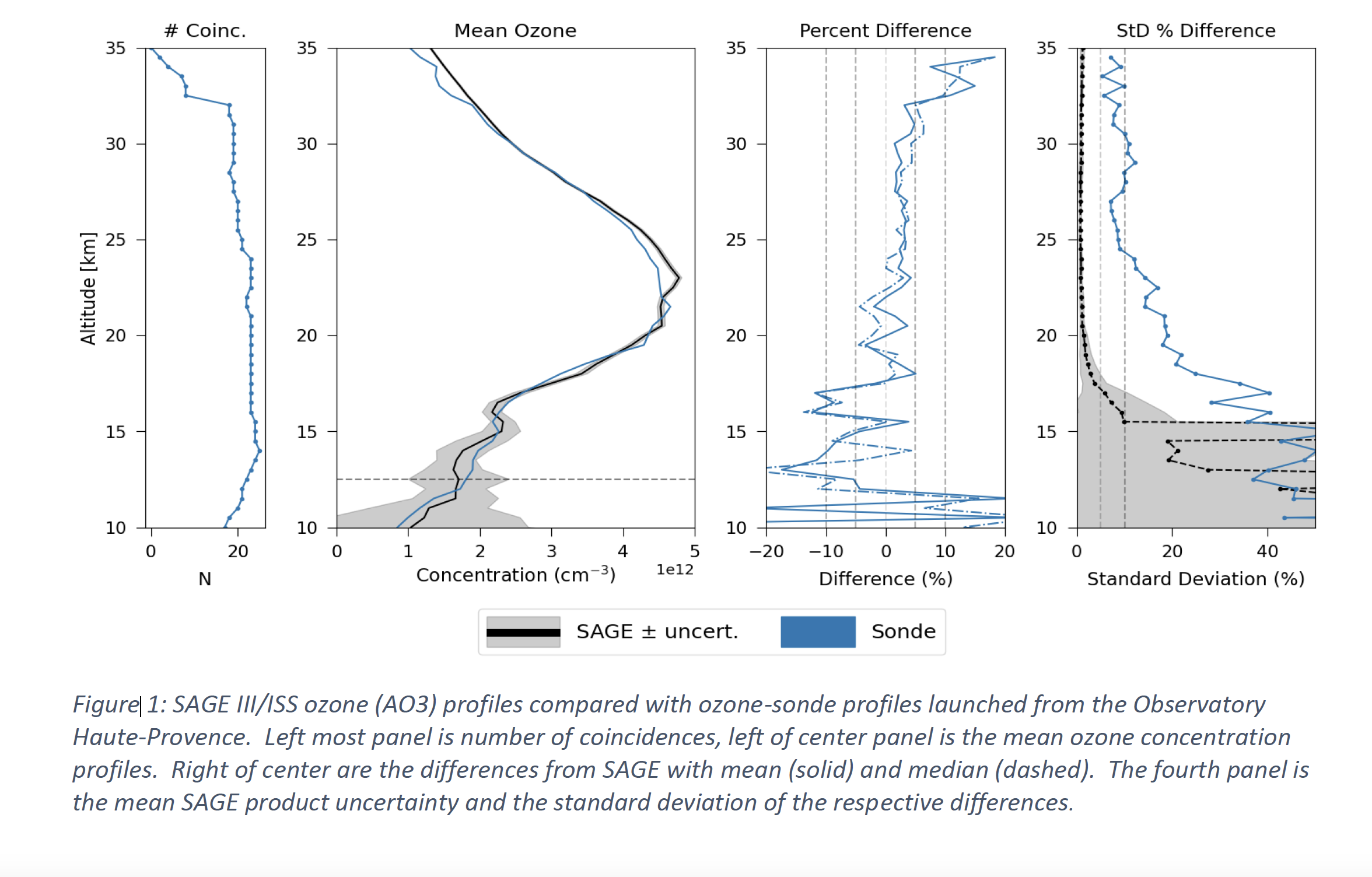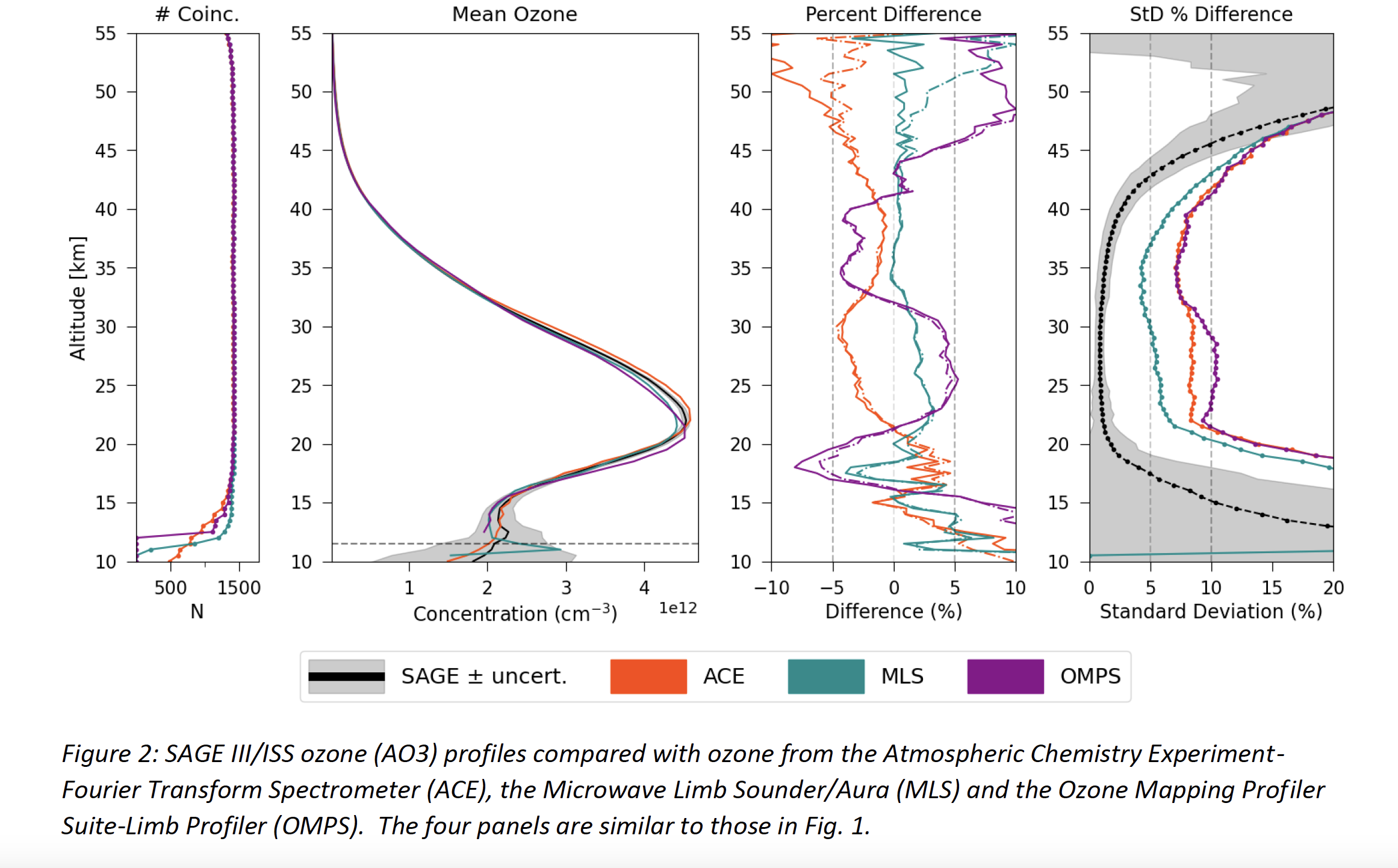On September 12 & 13, 2023, the Stratospheric Aerosol and Gas Experiment III on the International Space Station (SAGE III/ISS) held its sixth annual science team meeting. This year it was hosted by ROSES science team PI Dr. Hsiang Jui (Ray) Wang of the School of Earth and Atmospheric Sciences at the Georgia Institute of Technology in Atlanta, GA. The meeting was organized by the science team leader, Prof. Jun Wang (U. Iowa), Ray Wang, David Flittner, and Richard Eckman. This hybrid meeting was the first SAGE III/ISS STM held outside of LaRC. The facilities were top-notch, allowing science discussions both in-person and online.
The mission team briefed the science team on payload health, operations, data product status and plans for the future, data evaluation using correlative measurements, and the new ‘Quicklook’ data image portal. In short, with successful passage of the ESD review of operating missions, SAGE data products can be expected to be produced with the same quality/quantity for the remainder of this decade.
Research results concerning SAGE science were presented from various science team PIs, Co-Is and collaborators. Topics included: stratospheric aerosol sizes determined from SAGE data or combined with other sensors, especially after the Hunga Tonga – Hunga Ha’apai (HTHH) eruption; the progression of the HTHH injected water vapor; the key roles of SAGE data products in continuing important stratospheric databases beyond the certain end of the NASA Aura satellite and the Microwave Limb Sounder.
Figure 1 below is an example shown by M.C. McKee (LaRC) of SAGE ozone profile comparisons with surface-launched ozone-sondes from Observatory Haute-Provence (OHP). On average SAGE and OHP are within +/-5% from 17 to 32 km. Above 32 km the sonde results drift-off because of pump inefficiencies noted in presentations by Co-Is Drs. Anne Thompson (GSFC) and Ryan Stauffer (GSFC), who also showed the pump efficiencies can vary from sonde to sonde. This highlights the need for continual comparisons of the ground-based network with a stable ozone profile measurement technique like SAGE occultations. Figure 2 is SAGE ozone compared with other space-based instruments.
The mission looks forward to the next annual meeting, by which the results of the current AO for the third cycle of the ROSES SAGE III/ISS Science Team will be known.



